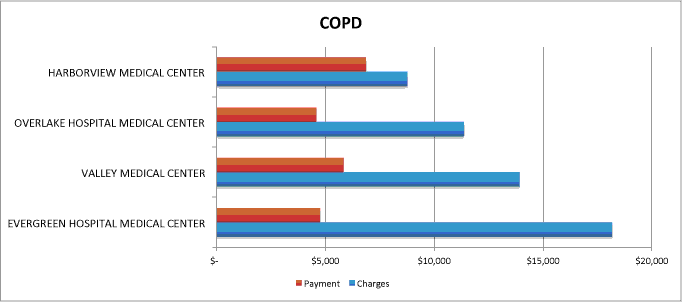Cliff Mass (meterologist, and a smart man with a consistently different take on global warming issues), makes an interesting point in a recent post: By focusing on global warming as a moral issue (and from his perspective, using scare tactics about the weather to promote concern) environmental activists are failing to convince the public to make needed changes now. Instead, we should talk about sustainability–switching the conversation to how to adapt to climate change and preserve out lifestyle better, less destructive, technologies.
Cliff Mass’s prescription?
1. Since substantial global warming is certain, we must prepare society for inevitable changes. That means adaptation and making society more resilient. For Washington State, the probably means more storage of water during the spring, since snowpack will be less. Getting folks away from rivers that will flood more often. Fixing the damaged forests of eastern Washington.
2. Global warming is a technological problem and technology is our only hope. New energy sources, better energy storage, ways to remove CO2 from the atmosphere, safe nuclear and new energy technologies that we can’t imagine today. But developing these technologies will require substantial investments for research and development on a much larger scale than occurring today….
3. Society should use cost effective energy-saving and renewable technologies that are cost effective today, like more efficient appliances, high-mileage and electric cars, smart devices, and better insulation in buildings, better mass transportation, and others. They may not solve the problem, but they will help.
4. Environmentalists have hurt themselves by being fixated on global warming. They, and their political allies, should broaden their view to think about sustainability.
Cliff Mass is worth reading on climate change matters. He in no way is a global-warming denialists. But he is skeptical, in a scientific manner, to claims made by environmentalists, science writers, and politicians. Overall, the net result adds credibility to the reality of our present: we’re due for serious trouble from global warming, and unlikely to do much to avoid it. As Cliff noted:
Few people have thought more about how societies deal with existential threats than Professor Jared Diamond of UCLA, the author of Collapse and Guns, Germs and Steel. Last year, after giving a lecture at the University of Washington, I asked him:
“Can you think of a single example when a society took economically costly and disruptive steps to avoid a future problem that had not been previously experienced?”
He could not. Musing, I can offer one example: Joseph’s warning to Pharaoh above 7 drought years.
I can think of one example, in our own society, that might be a model of where to go from here: Our response to discovering chlorofluorocarbons (CFCs) destroy the ozone layer of our atmosphere. It was a new problem, borne out of relatively new technologies (aerosol cans and refrigeration) people loved, involving damage to a relatively abstract thing (a particularly layer of the high atmosphere), with long-term concequences but relatively few immediate concequences to those in areas with the most emissions. A proper response to the problem required the worldwide banning of the use of CFCs. In many ways the challenge of CFCs is quite similar (and in fact intertwined with) the problem we face with carbon emissions. Surprisingly, we’ve been modestly successful at this challenge.
How have environmentalists been more successful saving the ozone layer than combating global warming?
Viable alternatives were available, in part because of direct scientific work by environmental NGOs. Greenpeace funded development of replacements for CFCs, Hydrofluorocarbons or HFCs. Your car’s AC probably uses HFCs rather than CFCs. Despite aggressive propaganda, even domestic refrigerators are slowly transitioning over as well. The response by key environmental groups to ozone depletion was a sustainability focused one. In addition to education, a sustainable alternative was researched, vetted, and promoted.
With the revelation that Exxon knew about climate change since the late seventies, we know that such a response is unlikely to come from the industry heavyweights. Much like the railroad companies thinking of themselves as rail not transportation companies, energy-industry heavyweights think of themselves as fossil-fuel companies, not energy companies–and devote their significant resources to propaganda to prop up their fatally flawed product, not R&D into sustainable energy (despite having all of the needed basic scientific knowledge about solar, wind, and nuclear power to be successful). It’s an opportunity.







